MINIMAL INCISION & PAIN
MADE YOUNG revision rhinoplasty in Korea
KNOW-HOW 01
A beautiful nose contour that looks gorgeous yet natural.
KNOW-HOW 02
Robust and accurate cartilage fixation with precise technology.
KNOW-HOW 03
A strong support structure formed with longevity and stability.

surgery time
About four hours.
anesthesia
general anesthesia.
Hospitalization
Same-day discharge.
Stitch removal
After five days.
recovery period
About one week.
Even with the ‘same ingredients’
results vary depending on the skills of the medical staff.
revision Rhinoplasty surgery using autologous costal cartilage
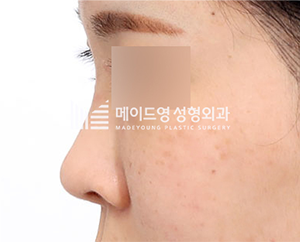
before surgery
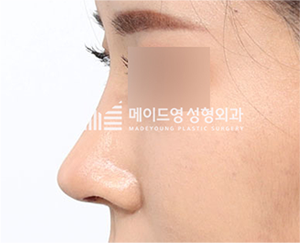
after surgery
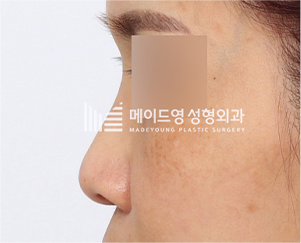
before surgery
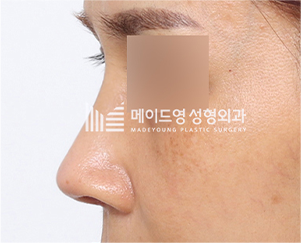
after surgery
*Actual case of autologous costal cartilage rhinoplasty revision.
**Surgery results may vary depending on individual conditions.
When considering rhinoplasty or revision with autologous costal cartilage, it’s crucial to verify if a substantial amount of cartilage can be harvested through a minimal incision and if the medical staff is adept at managing it.
Abundant / Strong / Durable
The Advantages of autologous costal cartilage
01
Abundance
Compared to other autologous tissues, the amount that can be collected is larger, allowing for a sharper nose shape.
02
Strength
It has the strongest support among autologous tissues, allowing you to maintain a beautiful nose shape that does not change over time.
03
durability
Because autologous costal cartilage is durable, it can form a strong nasal pillar and support structure.
04
autologous
Autologous tissue, not artificial implants, can reduce the possibility of foreign body sensation, inflammation, and side effects.
The pride of Made Young Plastic Surgery!
Key points of autologous costal cartilage
01. Sufficient cartilage harvested with minimal incision.
02. Delicate and precise suturing of the perichondrium.
03. Robust and accurate cartilage fixation.
04. Plastic surgeon with over 20 years of experience.
Artistic / Experienced / Modern
Why is the technical skill of the surgeon important?
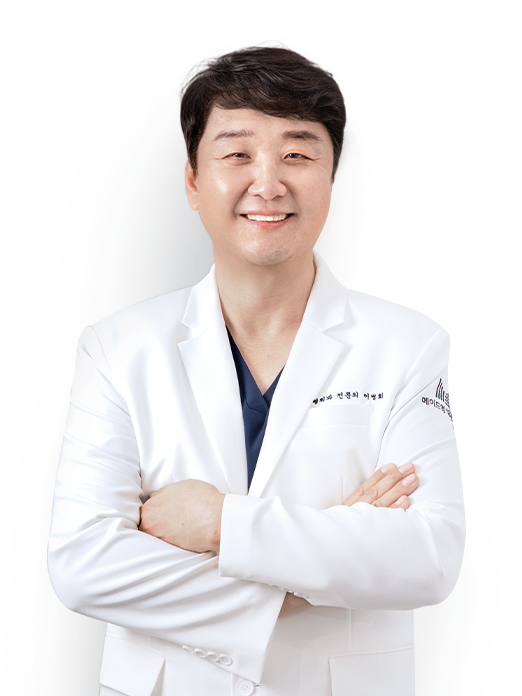
Satisfaction hinges on advanced surgical techniques, ample experience, and the expertise to finely sculpt harvested cartilage to fit each individual’s unique proportions.
01
Outstanding artistic sense paired with precise technology.
02
Rich surgical experience and industry know-how.
03
We employ minimal incision techniques for cartilage harvesting.
how is it done?
Made Young revision rhinoplasty surgical procedure
step 01
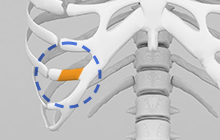
Costal Cartilage Harvested
Autologous costal cartilage is harvested through minimal incision as needed.
step 02

Precise Costal Cartilage Trimming
The costal cartilage is designed to the optimal shape to suit the shape of the patient’s nose.
step 03
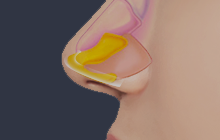
Costal Cartilage Insertion
The costal cartilage is shaped to seamlessly match the nose design and anchored securely in place.
step 04
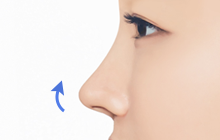
Sharp Nose Contour
The most beautiful and sharp nose contour is created for each individual.
when and why?
Made Young Revision Rhinoplasty is Required if:
There is no autologous cartilage to use due to repeated rhinoplasty procedures.
Your nose is small and short.
You want an elegant nose contour.
The nose is shortened due to the contracture phenomenon.
This is your first surgery but your nasal septum cartilage is minimal.

Anesthesiology and pain medicine specialists in residence – your safety is our top priority.
At Made Young Plastic Surgery, an anesthesiology specialist assesses the patient’s condition prior to surgery and employs a real-time 1:1 monitoring system until completion, ensuring a safer surgical experience.
Considering beauty and safety
3D-CT precise analysis system
Made Young Plastic Surgery uses an advanced 3D-CT precision analysis system to establish a more accurate surgical plan. It three-dimensionally analyzes the size and shape of the nasal bone, the structure and size of the nasal septum, as well any asymmetries which cannot be confirmed with the naked eye.
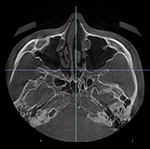
Degree of Angle and Nasal Septum Deviation
By checking various symptoms, such as the condition of the nasal bone or cartilage and septum deviation, we can improve not only the cosmetic, but also the functional aspect of the surgery plan.
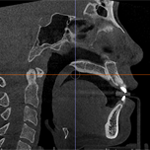
Analyzes Size and Shape of the Nasal Bones
By accurately analyzing the size and shape of the nasal bone and the condition of the septal cartilage before surgery, a more detailed surgical plan can be established.

Frequently Asked Questions
What makes autologous costal cartilage rhinoplasty in Korea special?
Korea’s medical expertise in autologous costal cartilage rhinoplasty is highly esteemed, featuring advanced techniques such as using autologous costal cartilage for enhanced stability and natural results. Made Young offers tailored solutions using precise technology and 3D-CT analysis for optimal outcomes.
Why choose Made Young in Korea for autologous costal cartilage rhinoplasty?
Made Young excels in autologous costal cartilage rhinoplasty through its use of robust cartilage fixation techniques and minimal incision methods, performed by highly experienced surgeons. The clinic emphasizes personalized care with the latest technology to ensure lasting and beautiful results.
What is the recovery process like after revision rhinoplasty at Made Young in Korea?
The recovery period for revision rhinoplasty at Made Young is approximately one week, with stitch removal after five days. Thanks to minimal incision techniques and expert care, patients experience reduced discomfort and a quicker return to everyday activities.
